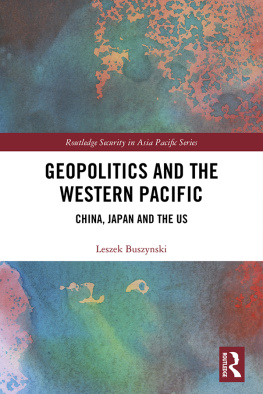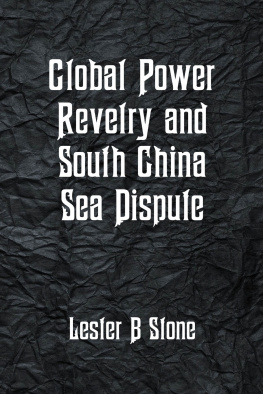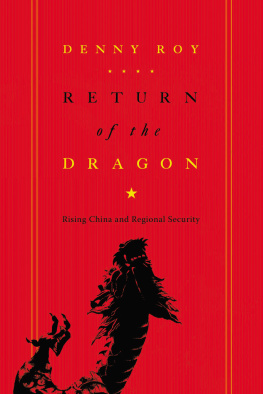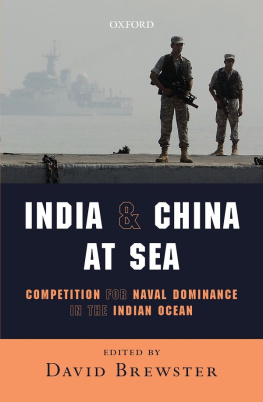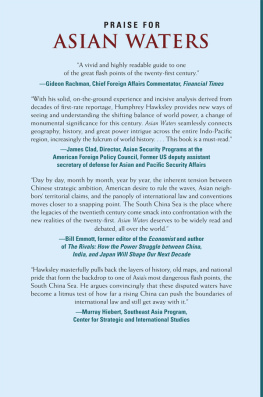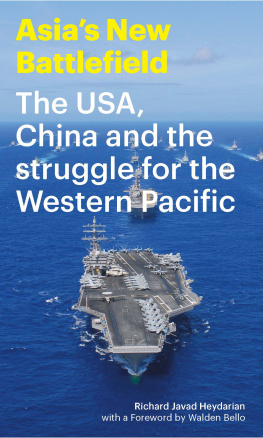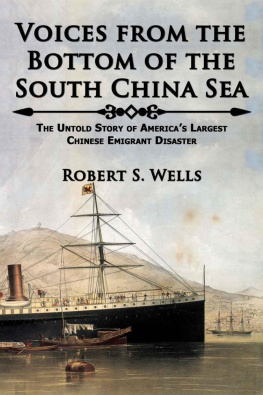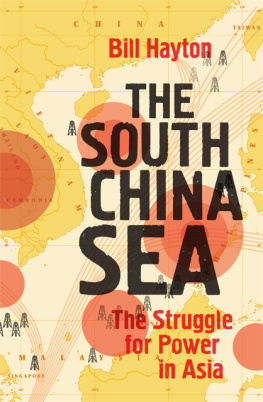Thank you for downloading this Simon & Schuster ebook.
Get a FREE ebook when you join our mailing list. Plus, get updates on new releases, deals, recommended reads, and more from Simon & Schuster. Click below to sign up and see terms and conditions.
CLICK HERE TO SIGN UP
Already a subscriber? Provide your email again so we can register this ebook and send you more of what you like to read. You will continue to receive exclusive offers in your inbox.
We hope you enjoyed reading this Simon & Schuster ebook.
Get a FREE ebook when you join our mailing list. Plus, get updates on new releases, deals, recommended reads, and more from Simon & Schuster. Click below to sign up and see terms and conditions.
CLICK HERE TO SIGN UP
Already a subscriber? Provide your email again so we can register this ebook and send you more of what you like to read. You will continue to receive exclusive offers in your inbox.

Scribner
An Imprint of Simon & Schuster, Inc.
1230 Avenue of the Americas
New York, NY 10020
www.SimonandSchuster.com
Copyright 2017 by Michael Fabey
All rights reserved, including the right to reproduce this book or portions thereof in any form whatsoever. For information, address Scribner Subsidiary Rights Department, 1230 Avenue of the Americas, New York, NY 10020.
First Scribner hardcover edition October 2017
SCRIBNER and design are registered trademarks of The Gale Group, Inc., used under license by Simon & Schuster, Inc., the publisher of this work.
For information about special discounts for bulk purchases, please contact Simon & Schuster Special Sales at 1-866-506-1949 or .
The Simon & Schuster Speakers Bureau can bring authors to your live event. For more information or to book an event, contact the Simon & Schuster Speakers Bureau at 1-866-248-3049 or visit our website at www.simonspeakers.com.
Interior design by Kyle Kabel
Jacket design by Christopher Sergio
Jacket photograph: U.S. Department of Defense Archive/Alamy Stock Photo
Library of Congress Cataloging-in-Publication Data is available.
ISBN 978-1-5011-1204-1
ISBN 978-1-5011-1206-5 (ebook)
To Barb, Megan, and Jason. Each of you is my compass, my anchor, and my North Star.
Preface
I t is never easy to write a book that tries to capture immediate history. Most of the research for this effort is based on direct observation and on-the-scene interviews with those directly involved in, or witnesses of, many of the events detailed in the pages, during my reporting as the naval editor of Aviation Week . I was provided unparalleled access to officers, sailors, pilots, ground crews, ships, aircraft, and exercises for not only the American navy, but its allies, partners, and even adversaries. In some cases, as noted, I have found other reports that supplement with a fact or quote, but in all cases, even with those reports, I have followed up with my own interviews of authors or other sources not only to verify what happened but also to note any changes or clear up any discrepancies. In many cases, it has been necessary to keep those sources anonymous because of the risk to their careers or personal freedom. In all cases, I have endeavored to combine the sourcing for the most accurate picture of events I could provide.
Timeline
1979 U.S. and China establish diplomatic relations. U.S. recognizes One China policy but continues economic and defense ties with Taiwan.
1994 China seizes Mischief Reef, just 135 miles off the Philippine coast, and builds bunkers on the reef. China says they are shelters for fishermen in distress.
199596 In an attempt to influence the presidential election in Taiwan, China tests missiles and conducts naval exercises, effectively closing the Taiwan Strait to shipping. In response President Bill Clinton sends two U.S. Navy aircraft carrier strike groups to the strait, forcing the Chinese to back down. Chinese leadership launches a crash program to enlarge and modernize Chinas navy.
1999 U.S. military spending falls to 3.4 percent of GDP, the lowest since World War II.
2000 Chinese GDP quintuples in just two decades, soaring from $218 billion in 1978 to $1.2 trillion in 2000. At the new millenniums beginning, military spending is increasing about 10 percent each year.
2001 A Chinese fighter pilot tries to intimidate the crew of a navy EP-3E Aries II reconnaissance plane as it flies over the South China Sea, but the pilot ventures too close and is killed in the collision. The damaged Aries is forced to land on Hainan Island, where the twenty-four crewmembers are held for eleven days. Terrorist attacks in New York City and Washington, D.C., divert the U.S. militarys focus toward Afghanistan and the Middle East.
2007 China launches an antisatellite missile and destroys an old weather satellite. Its the beginning of a long-term plan to develop ground-based and space-based antisatellite technology.
2011 The Obama administration unveils an economic, diplomatic, and military pivot away from the Middle East and toward the Asia-Pacific region.
2012 Chinese maritime paramilitary forces and fishing boats force Filipino forces off disputed Scarborough Shoal to take sole control of the reef in the South China Sea.
2015 Admiral Harry Harris, commander of the U.S. forces in the Pacific, says China is building a Great Wall of Sand in the South China Sea, rapidly building artificial islands that will serve as forward bases and be used to enforce territorial exclusivity.
2016 Admiral Harris sends USS John C. Stennis carrier strike group on two-month patrol in the South China Sea to assert freedom of navigation. Defense Secretary Ash Carter visits the ship and says U.S. presence in the region will continue.
2017 The Trump administration signals that it is rethinking the One China policy. China responds by sending a carrier group through the Taiwan Strait. Americas warm war with China in the Western Pacific continues.
Prologue
T he United States and China are at war in the Western Pacific.
That probably comes as a surprise to most readers, and so it bears repeating. The United States and the Peoples Republic of China are at war in the Western Pacific. As you read this, tens of thousands of American sailors, soldiers, airmen, and marines are out there fighting that war, putting their lives in perileither on, under, or over the sea.
Obviously its not a hot war. American and Chinese military forces arent shooting missiles or torpedoes or naval artillery at each otheralthough in an instant of miscalculation or misjudgment, that could easily happen. And its not a U.S.Soviet Union style cold war, either. Chinese leaders arent banging their shoes on tables and vowing to bury us; American leaders are not calling the Peoples Republic an evil empire. On the contrary, at the highest levels of Chinese and American diplomatic and military relations there is publicly a lot of smiling and bowing and hand-shaking and promises of mutual cooperation.
But while the war may be neither hot nor cold, China and the United Statesand particularly the United States Navyare engaged in a warm war in the Western Pacific. Its a war over tiny specks of land and vast reaches of sea and sky, a warm war of dangerous confrontations and small escalations, a war over military hegemony and the diplomatic and economic influence that naturally follows that hegemony. Its a war that pits a diminished U.S. Navy, which sailed the Pacific virtually unchallenged for decades, against a burgeoning Chinese navy that is evolving with astonishing speed from a coastal defense force to a blue-water fleet capable of projecting power throughout the region. Its a warm war in which China is trying to gain ownership and military control of some of the worlds most economically vital waters.
Next page

